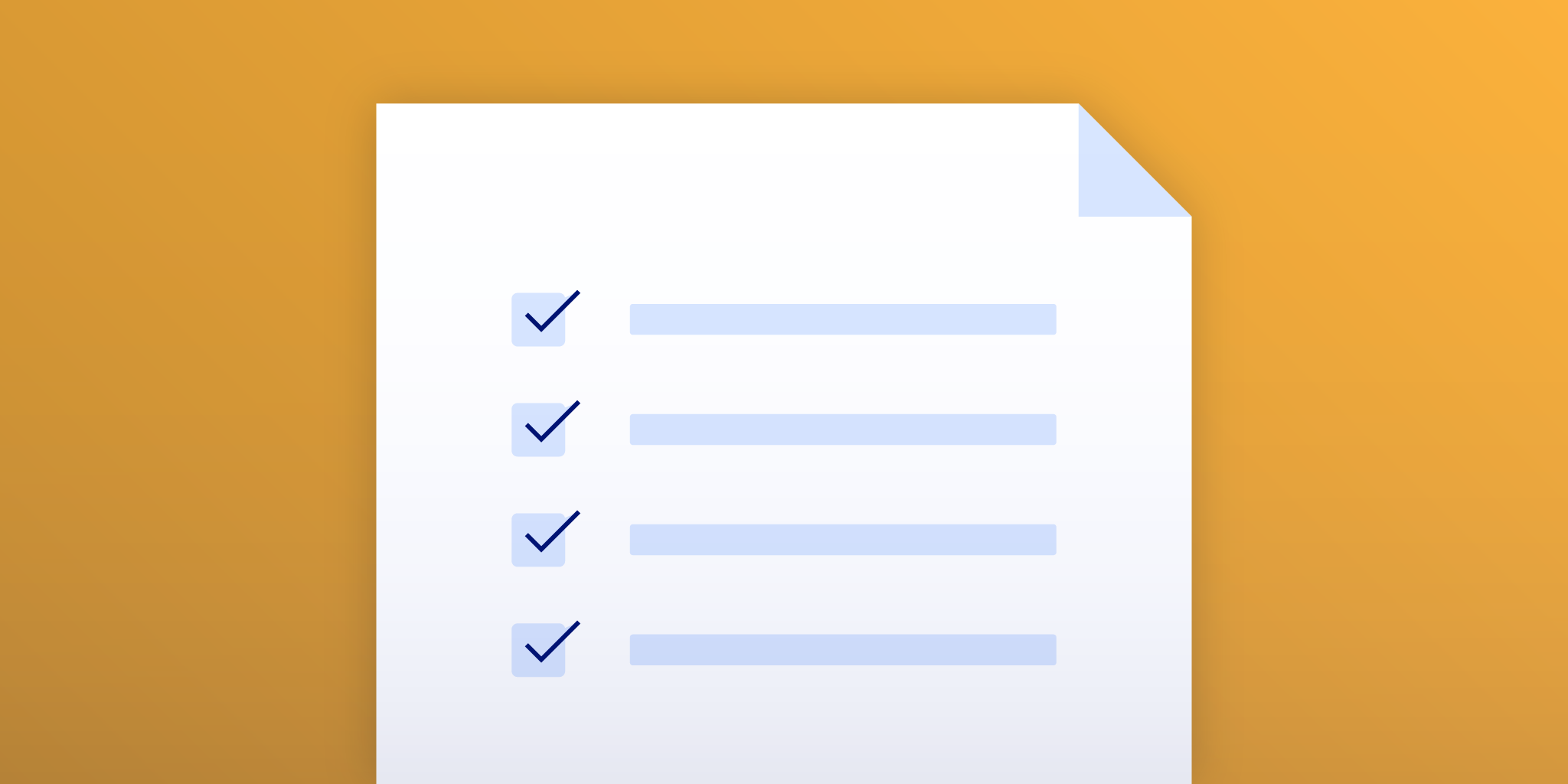With more employees working remotely than ever before, productivity is becoming a major challenge for companies. From taking care of family members to lacking technical resources, there are many reasons why employees aren’t performing optimally when they’re at home.
However, companies of all sizes can drive productivity through their performance programs — including employee reviews. In fact, research shows that those who like their review processes are 2.9X more likely to work harder than they have at past companies.
So how can companies leverage their existing performance programs to drive productivity? Our step-by-step guide covers the best ways to make performance reviews work for you.
- Change it up: more frequent, lightweight performance conversations
Performance conversations provide an opportunity to give employees meaningful feedback. By shifting to a model of lightweight check-ins scheduled throughout the year, HR teams can ensure that workers receive timely feedback to improve their performance. Additionally, it’s easier for managers to assess employee work and productivity over shorter time periods too!
- Determine your objective for each cycle
Ensure that your performance appraisals drive strategic goals for your company. To boost productivity, schedule cycles dedicated to improving performance or alignment. More guidance on strategy development for reviews and check-ins is available in this guide.
- Ask the right questions on productivity
Ask managers to evaluate the employee on each competency for their role. Employees should be asked if their productivity has changed, and why.
- Identify productivity challenges and potential solutions
If an employee is less productive, identify the cause. For productivity issues that can be addressed (e.g., learning new technology), use goals or 1:1 action items to track employee progress.
- Incorporate employee feedback, recognition, and goals into the performance assessment
Build a holistic picture on employee performance by pulling in helpful data. These insights help foster a discussion on key accomplishments, and what can be improved moving forward. Tip: encourage employees to always ask for feedback after a project is completed to get timely learnings!
- Ensure goals and action items are up-to-date
As business needs evolve at your company, make sure that employees and managers are updating their goals and key projects. To ensure that direct reports are staying in-sync with organizational objectives, encourage weekly 1:1s and a strong company-wide communication plan.
- Reward high performance
Are employees knocking out high-priority deliverables left and right? Reward them! Whether employees are incentivized by food delivery or donations to their favorite charities, we also recommend sharing public recognition to build a culture of praise.
- Have managers follow-up on areas of improvement
Conversely, if an employee is struggling with their objectives or developmental plans, encourage managers to speak openly with them and engage in problem-solving together. Bosses can also drive the importance of accountability for achieving team success.
- Send a pulse survey
There are so many learnings that HR teams can generate from this end-to-end experience! We recommend sending out a pulse survey that covers the performance appraisal process and follow-up. Include questions such as, “Was information in the performance conversation valuable to you?” and “Do you feel that your performance has changed?” Pulse survey insights will help you make continuous improvements to your review program that ultimately help boost productivity.
Looking to learn more productivity best practices? Schedule a consult with an expert.
